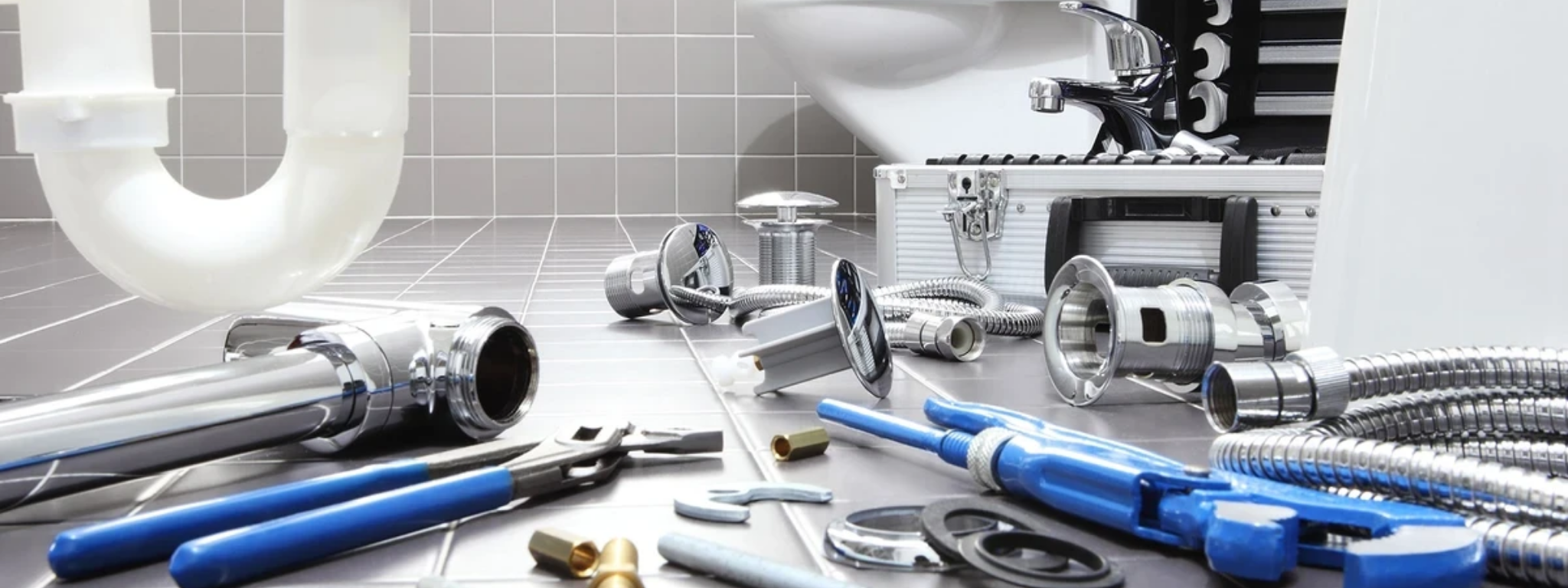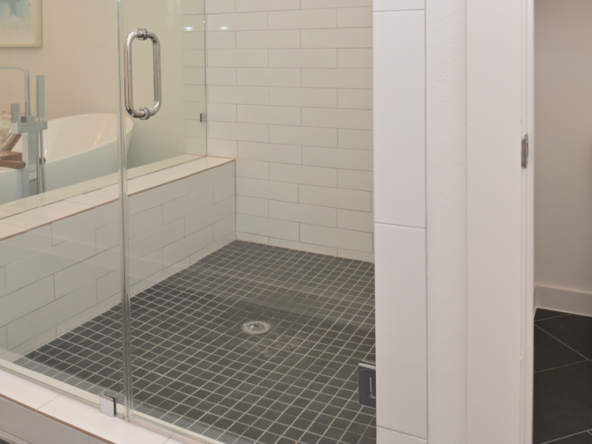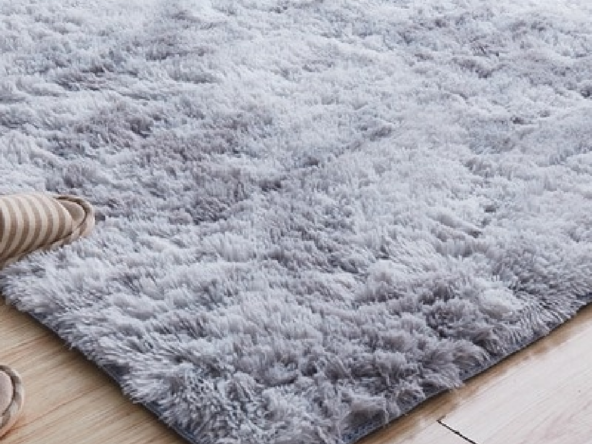The plumbing system in our home works behind the scene for keeping things clean and is supplying fresh and clean water to us. It is important to know the ins and outs of the plumbing system to fix problems down the line. This article is going to provide you the tips that can be followed for regular maintenance of the plumbing system for getting its performance at peak.
Care and Maintenance of the Drains
Drains are the source of the water to leave the home. It is important to maintain them as it prevents clogging, overflows, water damage, and other problems that need to be considered while taking care of them.
For Drain Traps
Plumbing fixtures like sink, shower, bathtub, and toilets have a drain tap which is a J-shaped piece of pipe beneath the fixtures and is used to hold water that forms a barrier to keep gases in the drainpipe system from entering the home. To maintain them:
- If you use plumbing fixture infrequently it is important to turn it on intervals to replace evaporating water in the drain trap to keep the barrier of the water intact.
- Drains are most likely to be clogged because of traps and their shapes.
For checking appliances for Leaks
- Appliances that use water as a dishwasher, it appears to be leaking there is a need to check the drain before calling for repair as a partially blocked drain can also be the cause of overflow.
- Never open a drain with a caustic soda as it is only a drain cleaner, if used as a drain opener it will combine with the grease from soap or food wastes to form an insoluble compound.
For Keeping the Drains Clear
For keeping a drain clear and grease from soap and cooking utensils, add ordinary washing soda to add in the drain. Follow the steps below to keep drains clear.
- Running hot water in the drain is important.
- Then add 3 tablespoons of Baking soda.
- Add enough hot water to wash it down the drain opening.
- Let it sit for 15 minutes and then flow hot water to it. Avoid pouring grease to drain or toilet.
Care and Maintenance of the Septic System
Septic systems are designed to do wastewater treatment using the soil to treat wastewater. The septic tank is required to be maintained every three years to prolong their life.
For Clearing the Drain
- For clearing a clogged drain plug any overflow outlet with a piece of cloth so the plunger can develop the necessary pressure
Instructions to Use a Plunger
- Ensure that the water comes up well over the edge of the plunger cup
- It is important for the plunger to completely cover the drain opening and bring plunger up and down around 10 or more times to build pressure
For opening the Traps
Trap opening is a messy and last resort to quick fix and can easily solve the problem. Follow these steps:
- Place a bucket or pan under the drain to catch water.
- Unscrew the slip nuts holding the trap in its place.
- Use a piece of wire or plumber’s snake to dislodge the blockage and to remove the trap. Plumber’s snake is available for rent and purchase easily on any plumbing store.
Care and Maintenance of the Faucets
Faucets an important plumbing fixture with moving parts requires more repair than the non-moving fixtures. The less strain produced on the faucets the less frequent they will need repair as they are designed to look great and to perform well. Cleaning the faucet aerators is the most frequent task in their maintenance as the lack of water pressure is mostly caused by a buildup of sediment on the aerator screens inside the faucet. The following are the guidelines for their care and maintenance.
- Different types of finishes require different cleaning methods. It is always beneficial to use the manufacturer’s recommended products and instructions.
- Avoid using industrial and abrasive cleaners to clean faucets.
- Avoid using any pads or sponges as they are unsafe for polished metallic surfaces.
- Avoid water spotting and mineral buildup by wiping faucets and make sure to dry them after every use.
- For Cleaning Faucets Aerators.
- Aerator needs to be unscrewed from the mouth of the faucet.
- Remove any debris and rinse the water and screen.
- Place parts in the original order and replace the unit on the faucet mouth.
For repairing leaking faucets
Repair them by replacing the washer or cartridge and use the guidelines below:
- Follow the manufacturer’s instructions to purchase a replacement washer.
- Turning off the water at the shutoff valve is necessary.
- For relieving the water pressure open the faucet handle.
- Replace washer by using the manufacturer’s guide.
Care and Maintenance of the Pipes
Plumbing pipes are designed to function without any maintenance but if needed then it can be only performed by a professional plumber or by following the guidelines below:
- For checking that all the connections are tight, inspect your sinks.
- If you discover a broken pipe turn off the valve to prevent water damage.
- If noisy pipes disturb you a lot, call a certified professional in extreme cases to inspect the cause of loud banging noise.
- If a plumbing joint loosens call for a service.
- When using water fixtures and appliances overflow or leak shut off the valves to prevent the flood.
- The main shutoff valve that cuts water supply from the home is located near the water meter and some appliances have their shut off. Therefore, the respective valve is needed to be shut off and fixed. Some locations having water shutoff valves are:
- Sinks
- Dishwashers
- Bathtubs
- Toilets
- Water heaters
- Showers
- Laundry areas
- Sprinklers
- Refrigerator
- Ice makers
- Shut them off if you are leaving home for an extended period.
Care and Maintenance of the Water Heater
Energy-efficient water heater with fine maintenance can provide hot water properly for a lot of years. It provides water that is heated during the peak usage times as a plastic tube carries incoming cold water into the bottom of the tank to be heated and then the hot water rises from the top. The following are the guidelines to maintain a water heating system.
- Rust and limestone are constantly attacking your water heater. Therefore, it is important to maintain the heater.
- Steel water tanks are lined with glass to prevent rust but it is not perfect to be relied on. In the same case, heated water causes limestone to be formed in the tank and settles on the bottom. Therefore, it is important to keep a check on them to maintain them.
For testing the pressure Relief Valve
It is important to test the relief valve annually to make sure it is not clogged with limestone buildup. For testing it follow these steps:
- Ensure that the valve is connected to a pipe directing the water down and away from the tank. In this way, scolding water does not spray on the release of hot water due to excessive pressure.
- Place a bucket underdrain pipe for catching water.
- By lifting the handle slightly open the valve, use measures to get safe as it will release hot water.
For draining the Water Heater
For removing sediment drain the water heater at least once a year. If you are not draining it regularly, repeat the process a few times. Make sure to let the heater fill back each time before draining.
- The gas shutoff is necessary. Shut electricity or gas to the water heater.
- To drain the valve at the bottom of the tank attach a garden hose to it.
- The water shutoff is necessary while maintaining the heater.
- To break the vacuum open pressure relief valve.
- Drain up to 4 gallons of water by opening the drain valve on the tank. After draining it disconnect the hose and close-fitting. After that, you can easily turn the water on.
A water softener is necessary to keep the tank clean.



